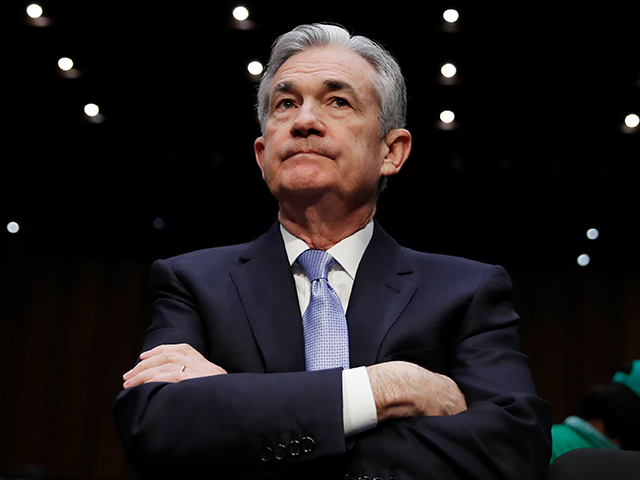America got some good news on inflation on Wednesday, possibly opening the door for lower interest rates this year.
The Consumer Price Index climbed 3.3 percent in May from a year earlier, down from 3.4 percent in April, the Labor Department reported.
The “core” index—which excludes volatile food and energy prices to provide a clearer view of the underlying trend—rose 3.4 percent last month, down from 3.6 percent the previous month. That is the lowest annual increase in core prices since April 2021.
Compared to the prior month, the broad measure of consumer prices was unchanged. Core prices increased by 0.2 percent.
Economists had forecast that the broad measure would show prices rising 3.4 percent over the past year and one-tenth of a percentage point compared to the prior month. The core measure was expected to rise 3.5 percent annually and 0.3 percent for the month.
In April, inflation cooled slightly after three consecutive months of rapid price hikes that unsettled investors and alarmed Federal Reserve policymakers. This cooling eased fears of a sustained acceleration in inflation. The second month of cooling is likely to bolster hopes that inflation is back on track to fall to the Fed’s two percent target, which could set the stage for rate cuts later this year.
After a decade of minimal price pressure, inflation surged shortly after President Biden took office and enacted a large deficit spending bill known as the American Rescue Plan. The expansive fiscal policy coincided with an accommodative monetary policy, with interest rates near zero, and supply chain disruptions caused by pandemic fallout and geopolitical strife. This combination drove demand up faster than the economy could accommodate.
The impact of Biden’s policies on inflation, dubbed “Bidenflation,” has led to significant public dissatisfaction with his economic leadership and historically low approval ratings. Despite low unemployment, persistent economic growth, and a booming stock market, most measures of consumer and small business sentiment remain at depressed levels.
The Federal Reserve, concluding its two-day meeting later on Wednesday, is widely expected to hold its benchmark interest rate steady at a range of 5.25 to 5.50 percent. Before the surge in inflation earlier this year, the Fed was expected to cut rates several times in 2024, with forecasts indicating three rate cuts. Now, the Fed is anticipated to implement only one or two rate cuts this year.
In the minutes after the meeting, prices in the federal funds futures market indicated that investors are nearly certain that the Fed’s benchmark will be lower after its November meeting and that there is around a 70 percent chance of a cut at the September meeting.
Food prices rose 0.1 percent in May. Energy prices fell two percent.
Core goods prices were flat for the month, ending a two-month streak of falling prices. Services prices rose 0.2 percent, boosted by a 0.4 percent rise in shelter prices and a 0.3 percent rise in medical care prices.


